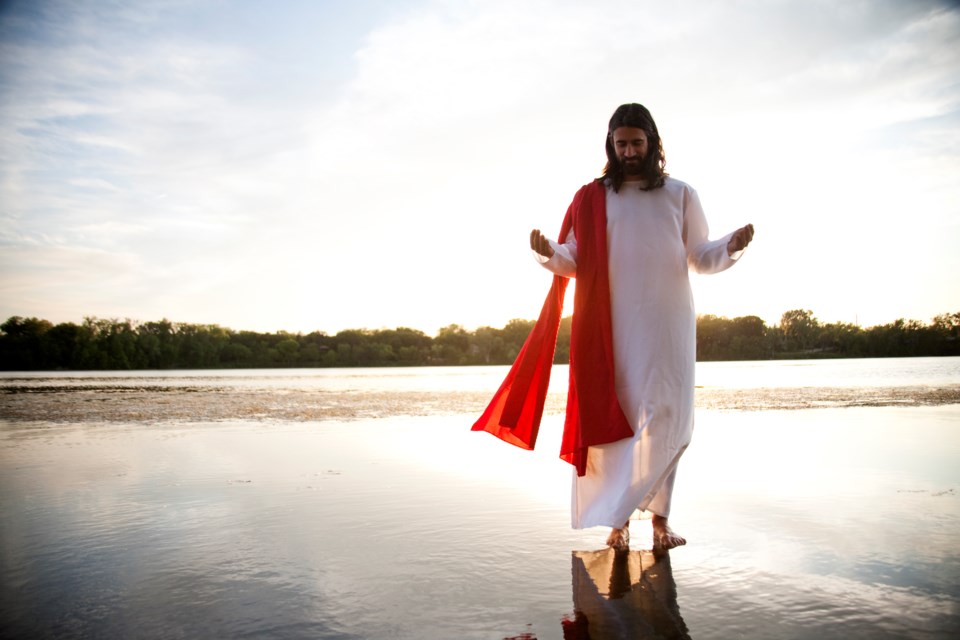Doubts. We all have them.
For some of us, this past Sunday we read about Jesus’s appearance to Thomas and the other disciples after the Resurrection. We may have heard and even used the expression “doubting Thomas” from time to time, usually when referring to someone else who is expressing a lot of doubt.
This term references Thomas in John’s Gospel who says that, “unless I see the mark of the nails in his hands, and put my finger in the mark of the nails and my hand in his side, I will not believe” (John 20: 25). “Seeing is believing.”
This is a concept that makes sense to us and one in which we are programed from early childhood to understand. We live in a world that demands evidence and proof in order for something to be real, but as we all know, sometimes, probably most often, we do not get to see everything. Sometimes we have to rely on other people to do the “seeing” for us.
But I think our doubts may be helpful. For me there are two kinds of doubts.
On the one hand there is the kind of doubt rooted in fear and uncertainty that causes us to be skeptical about others and our circumstances. We have all met people like this as they can easily be recognized in a group. These are the people that whenever someone comes up with a good idea or a new project, they are the first to point out how the project or idea will fall apart or not be successful.
On the other hand, there is another form of doubt. This kind of doubting, while also rooted in uncertainty, creates a window into the unknown. Essentially when we have doubts, it can come from a place of not knowing, or being less certain than we would like. But if we take the time to allow ourselves to peer through the window of the unknown, we will admit to ourselves that not knowing what the outcome will be simply means we have more to learn.
We have more to learn about the circumstances, the project and ultimately more to learn about ourselves.



